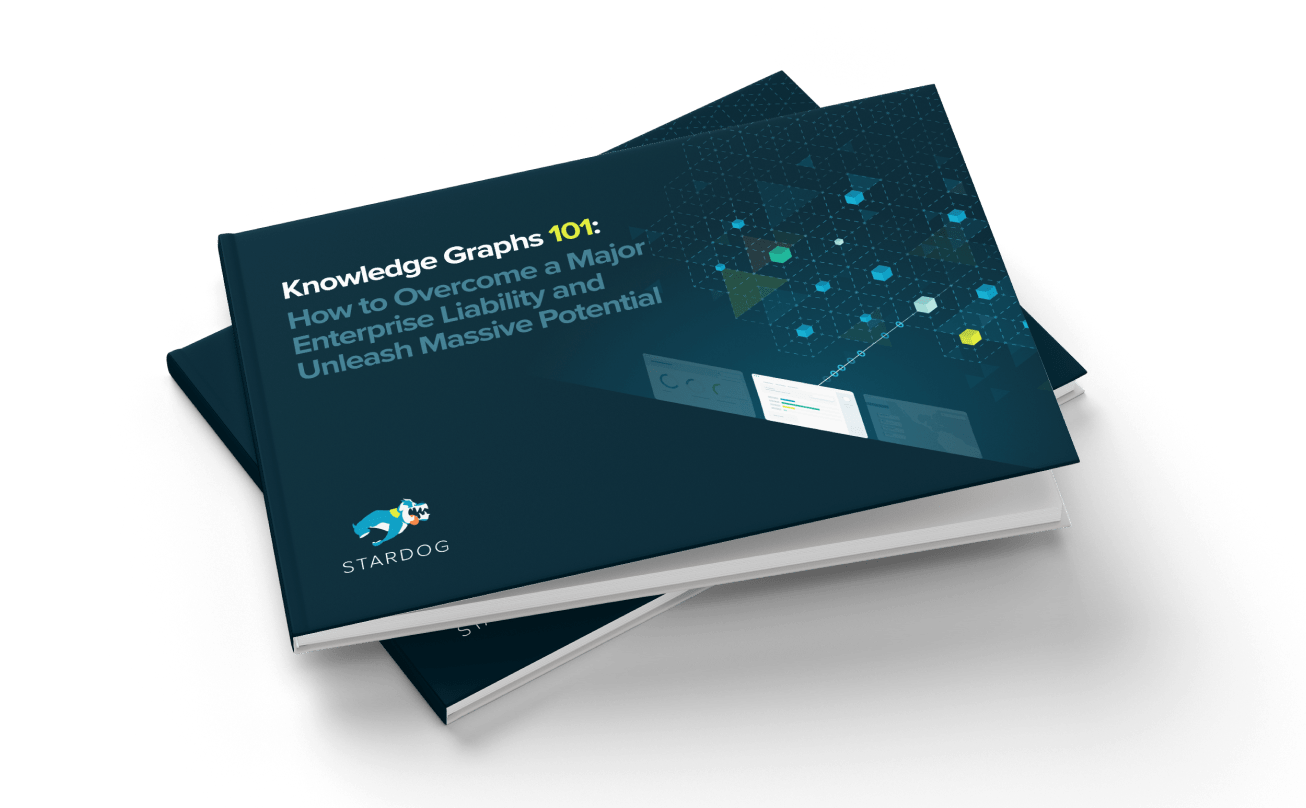Manufacturing Knowledge

Get the latest in your inbox

Get the latest in your inbox
Manufacturing and supply chain use cases love Stardog’s Knowledge Graph platform. Let’s dive in!
Manufacturers are the perfect expression of modern globalization in the enterprise. Supply and value chains often stretch across countries and industries and even conflicting regulatory regimes. As if that weren’t challenging enough, manufacturers are under pressure from the startup sector to innovate and can no longer avoid achieving digital transformation, that is, successfully monetizing data as the key enterprise asset. But at least most have been in business for a century or more and are further challenged with legacy data silos and IT systems.
Which is all to say that global manufacturers are under real pressure to come to grips with their data universes. The bottom line is that globally manufacturers must digitize and integrate, vertically and horizontally, their value chains. The dominant IT problem standing in their way is enterprise data silos.
While the bulk of this blog post focuses particularly on supply chain management and logistics, Stardog manufacturing customers are building Enterprise Knowledge Graphs to solve other challenges, too, including product and engineering lifecycle management, health & safety, and predictive maintenance and quality assurance. Feel free to reach out to learn more.
Let’s look closer at some specific challenges around supply chain management and how the Stardog Enterprise Knowledge Graph can help.
Supply chain management generally, but especially in manufacturing, is vulnerable to a wide variety of internal and external risks. As we know, the only rational way to manage risk is to manage the enterprise’s information access to and about the sources of risk, ideally in real-time. And that means that risk management is dominated by information management; in the modern enterprise, that means coming to terms with distributed, heterogenous data silos.
A variety of external (what economists call exogenous) risks threaten enterprises that rely on global supply chains including unexpected fluctuations in customer and market demand; financial risks, including bad loans, currency disruptions and uncertainties, and other speculative effects; and even environmental risk, which are anticipated to grow year over year for the forseeable future.
The key factor in managing exogenous risk, which are often not directly amenable to external inputs, is speed to awareness, that is, transparency across the supply chain, including lineage and traceability across the information systems that make it up, so that risks may be avoided, where possible, and fallouts minimized when practical.
For example, Ford Motor Company recently got hit by crucial parts unavailability resulting from a plant fire in a sole source provider and the resulting PR mess, at the very least, was substantial. Was Ford aware of the sole source risk and failed to manage it properly or, what’s certainly worse, was it not aware at all or just not at a sufficient level of organizational responsibility? Supply chains that span distributed data silos, both internally and externally, make traceability and lineage often impossible using traditional (that is, relational) approaches.
The other kind of risk, that is, internal or endogenous, is different in that it’s typically more sensitive to inputs from management. That is, often you can actually do something directly about internal risk and that makes failure even more problematic. But at least there’s no one else to blame!
Internal supply chain risk management is, if possible, even more friendly to Knowledge Graph since, at least organizationally, all the data silos belong to us. The obvious internal risks to supply chain include manufacturing ills like outage, business interruption, maintenance cycles, and quality problems. Further, when things do go wrong, as they inevitably will, a secondary kind of risk arises from faulty business continuity or disaster recovery planning or execution. Of a more far-reaching concern, risks from human capital management, for example, aging of some technically vital worker groups, can threaten manufacturing enterprise.
How does Stardog help manufacturers manage these supply chain risks? In many specific ways, to be sure, and we will enumerate some of them below. But, first, it’s important to catch the underlying first principle-–
A supply chain just is a distributed graph and may only be successfully managed as such.
How do we solve complex problems? Focus on what the thing in itself demands, as if you were governed by that alone. You cannot successfully pretend that a distributed graph is merely a locally-managed collection of stable, well-schematized relations between tables. That’s never worked and it never will.
In order to manage risk, we have to know things in a timely fashion and in an accurate manner, which requires us to tame the silos.
An Enterprise Knowledge Graph knows everything about a thing that is worth knowing; a supply chain knowledge graph knows about all knowable sources of risk, especially endogenous risk, to the supply chain. It does this by unifying over relevant data silos, both internal and external, and representing that information to the enterprise in terms of actionable insight.
In practical terms, Stardog helps manufacturers:
The future of global manufacturing is upon us. Winners and losers will be determined in large part by how global manufacturing enterprises respond to the data silo challenge as it impacts supply chain management. Stardog’s Enterprise Knowledge Graph is the way forward.
How to Overcome a Major Enterprise Liability and Unleash Massive Potential
Download for free